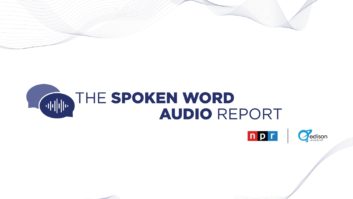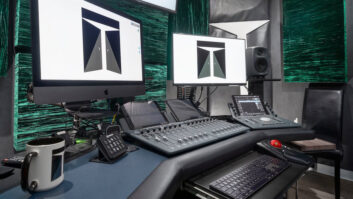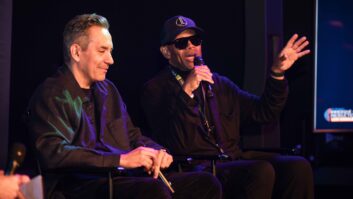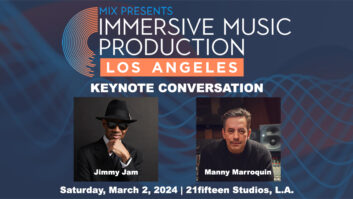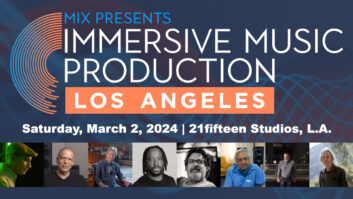After taking place last year in New York City for the first time since 2003 (the exact weekend that NYC-based Pro Sound News’ staff was in Anaheim, CA, for the 2018 NAMM Show), the annual Grammy Awards ceremony will return to the Staples Center in Los Angeles this month. The yearly celebration of music will be held on Sunday, February 10, and as always, it should make for a fascinating evening.
For the first time, the four General Field categories—Record of the Year, Album of the Year, Song of the Year and Best New Artist—will each sport eight nominees, up from the traditional five. Officially, the Recording Academy instituted the broader categories last June to “better reflect the large number of entries in these categories and allow voters greater flexibility when selecting this year’s best recordings,” according to a missive sent to members.
The move, however, was widely interpreted as an effort to present more opportunities for women to be nominated in the top categories after the Recording Academy came under fire in the wake of the 2018 awards ceremony, where the only woman nominated for Best Album, Lorde, didn’t get a solo performance slot, and only one woman won a solo award out of all the televised categories, when Alessia Cara took Best New Artist. If the aim was to ensure the presence of women in those categories, then it certainly worked—this year, 19 out of 32 possible nomination slots for the four General Field categories are either solo women or collaborations that include women among their nominees.
Related: Behind the Scenes of the Grammys’ Sound, by Anthony Savona, Feb. 2, 2018
There may be other results from the change, though not necessarily visible ones. For instance, the vote tabulations are never released, so we’ll never know if the newly broader fields of nominees will result in votes being more evenly dispersed among the contenders, or if the addition of three more options in each of those categories will even make a difference. Of course, you have to admire the Recording Academy’s ability to determine who’s getting nominated at all, because the process must be agonizing—across the 84 different categories, this year’s nominees were selected from more than 21,000 submissions.
While public accolades recognizing talent and hard work are fulfilling, for many creatives in the industry, whether they’re artists, producers, engineers or something else, their greatest, most gratifying award is something that the rest of the world will never see: their bank accounts. Money talks, and with the music industry becoming only more and more data-driven, that money is based on hard numbers.
Industry sales analyst BuzzAngle Music unleashed a massive year-end, 84-page document in early January, 2018 Year-End Report: U.S. Music Industry Consumption, and the news is relatively positive. Overall music intake continues to skyrocket, with total album consumption up 16.2 percent in 2018 to 701 million, total song consumption up 27.4 percent to 5.8 billion, and total on-demand streams up 35.4 percent to an eye-watering 809.5 billion.
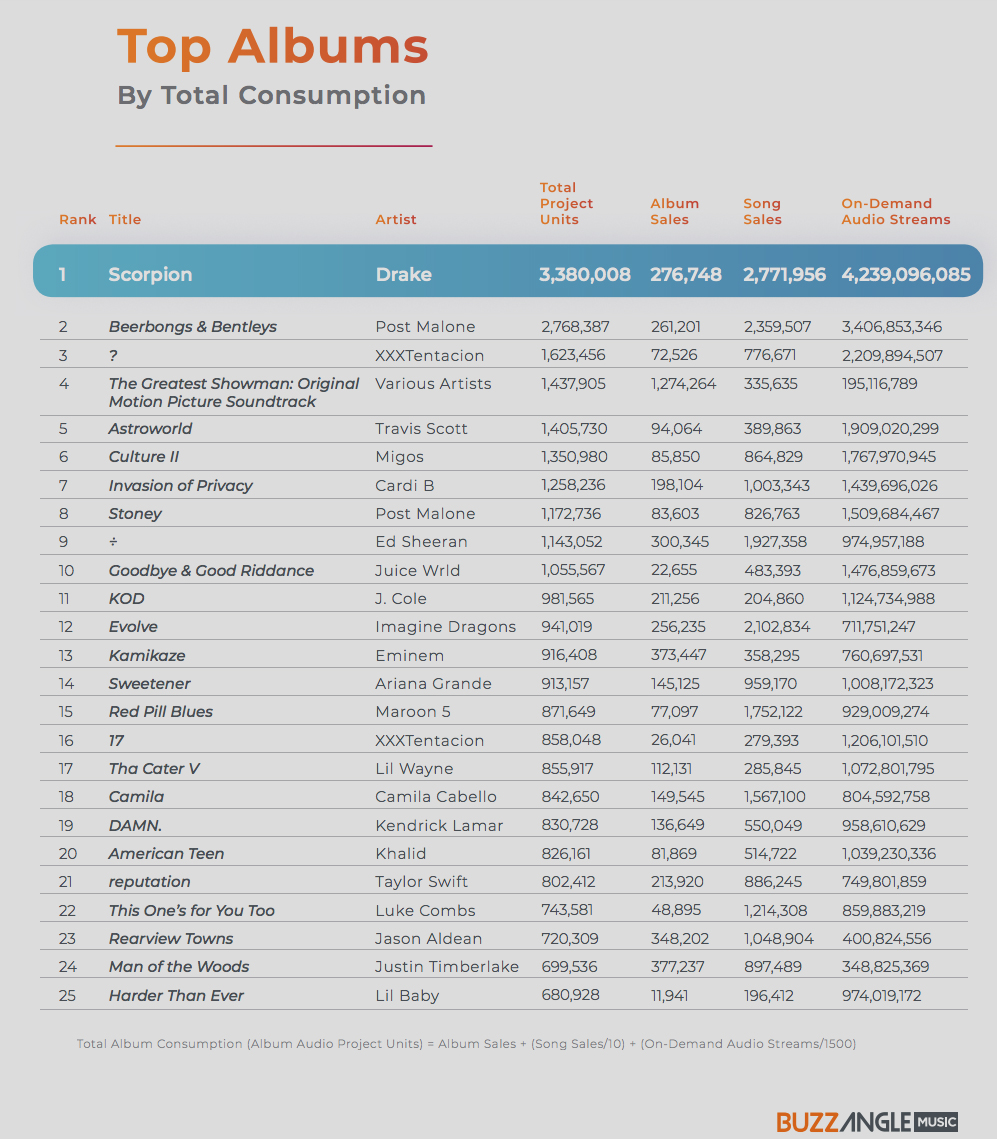
However, almost all of that is built on the back of streaming (audio streams up 41.8 percent to 534.6 billion; video streams up 24.3 percent to $274.9 billion), as actual sales continue to plummet. Song sales dropped over 162 million, down 28.8 percent to 401.1 million, while album sales fell 18.2 percent to 121.2 million. In the physical media world, vinyl sales had another strong year, jumping up 11.9 percent to 9.7 million copies sold, which is impressive but ultimately still less than one-sixth of CD sales, which weighed in at 60.7 million (down 18.5 percent). At this point, the demise of the CD seems almost unfairly hastened, as major retailers like Target, Best Buy and Barnes & Noble are increasingly devoting less space to packaged music media, making most catalog releases impossible to find in the real world.
Want more stories like this? Subscribe to our newsletter and get it delivered right to your inbox.
Streaming per-stream royalty rates are still woefully low (for example, YouTube pays a whopping $0.00074 per stream, according to Digital Music News), but for the pro audio industry, rising music consumption will continue to ensure demand for our services and stakeholders, like behind-the-board musical creatives, studios and related facilities, pro audio manufacturers and distributors, and, further down the line, the live sound industry.
